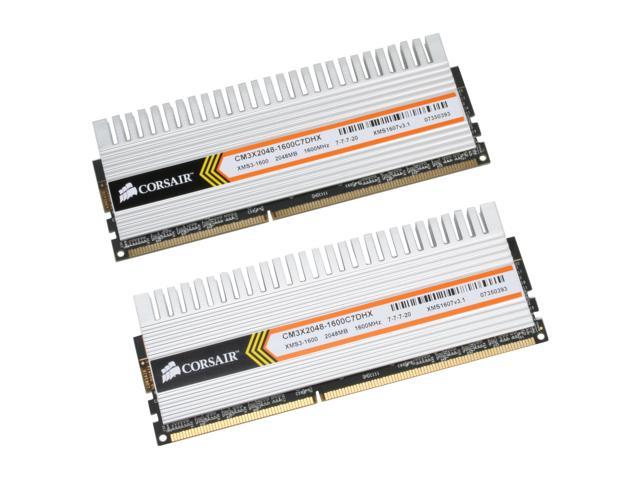
Whether it be a LCD monitor, CRT monitor or a television, the monitor is one of the most important parts of a computer - without one, the computer is useless. In this day, LCD monitors are now more common than ever. Infact you are probably using one to view this site. We all know that they are sleek, small, and pretty especially when compared to the anchient CRT monitors. What you may not know, is what type of panel is hiding inside your new 22" inch widescreen monitor. When I say panel I am referring to the actual screen that is displaying the images. These "panels" are not created equally and if you are looking to buy one or even have one already it may be a good thing to know what is "under the hood."
A monitor is an expensive purchase so understanding the different quality panels used in common LCD's could help you from buying a $250 sub par monitor. To read the full article visit http://www.hardforum.com/showthread.php?t=1039222
The stickied thread is written by wonkman and is a very good explanation describing all the different panel types. For those of you who want a summary here it is:
The following is not my work and all credit goes to wonkman at Hardforum.com:
LCD Panel Technology Type and Characteristics
TN film (Twisted Nematic)
- low manufacturing/retail costs
- restrictive viewing angles
- fast pixel response times
- dead pixels display white. Stuck pixels display RGB colors
- lower contrast levels means blacks are not as dark as VA based panels
- lower color reproduction
IPS (In Plane Switching)
- improved viewing angles over TN
- very good color reproduction
- slower pixel response times than TN
- dead pixels display black
- lower contrast levels means blacks are not as dark as VA based panels
MVA (Multidomain Vertical Alignment)
- compromise between TN and IPS technologies
- superior color reproduction over TN but not as good as IPS
- very good viewing angles but less than IPS
- higher contrast than TN or S-IPS means very good blacks
- dead pixels are black
- slower pixel response than TN or IPS
- details can be lost when directly viewing dark areas
Synopsis:
TN - Cheap, fast panel for gamers not looking for the best color reproduction
MVA - Good compromise between price/quality
IPS - Expensive but one of the best panels
It is sometimes hard to find out what type of panel that the monitor has in it so here are a couple rules that I follow when researching a monitor:
Using my quick tips, google and TFT Central you should be able to find out what panel is in your monitor. One last thing to note is not all TN panels are equal, some are bad and others can be quite good.
[LCD Panels]
The stickied thread is written by wonkman and is a very good explanation describing all the different panel types. For those of you who want a summary here it is:
The following is not my work and all credit goes to wonkman at Hardforum.com:
LCD Panel Technology Type and Characteristics
TN film (Twisted Nematic)
- low manufacturing/retail costs
- restrictive viewing angles
- fast pixel response times
- dead pixels display white. Stuck pixels display RGB colors
- lower contrast levels means blacks are not as dark as VA based panels
- lower color reproduction
IPS (In Plane Switching)
- improved viewing angles over TN
- very good color reproduction
- slower pixel response times than TN
- dead pixels display black
- lower contrast levels means blacks are not as dark as VA based panels
Super-IPS (S-IPS)VA (Vertical Alignment) Technologies
- same as IPS except ...
- likely best color reproduction of all TFT
- less expensive to produce than IPS
- improved pixel response
MVA (Multidomain Vertical Alignment)
- compromise between TN and IPS technologies
- superior color reproduction over TN but not as good as IPS
- very good viewing angles but less than IPS
- higher contrast than TN or S-IPS means very good blacks
- dead pixels are black
- slower pixel response than TN or IPS
- details can be lost when directly viewing dark areas
Premium-MVA (P-MVA)
- same as MVA except ...
- "overdrive" technology increases pixel response but still slower than TN
- may have slightly degraded color reproduction due to "overdrive" process
PVA (Patterned VA)
- same as MVA except ...
- larger viewing angles
- higher contrast levels means darkest blacks
Super-PVA (S-PVA)
- same as PVA except ...
- “Magic Speed” (the Samsung equivalent to Overdrive) improves pixel response
- slightly improved color reproduction
- slightly improved viewing angles
Synopsis:
TN - Cheap, fast panel for gamers not looking for the best color reproduction
MVA - Good compromise between price/quality
IPS - Expensive but one of the best panels
It is sometimes hard to find out what type of panel that the monitor has in it so here are a couple rules that I follow when researching a monitor:
- Monitor has 16.2 million colors - TN panel
- Monitor has 16.8 million colors - MVA or IPS
- Monitor has less than 170 degrees viewing angles - Usually TN
- Monitor has viewing angles larger than 170 degrees - MVA or IPS
Using my quick tips, google and TFT Central you should be able to find out what panel is in your monitor. One last thing to note is not all TN panels are equal, some are bad and others can be quite good.
[LCD Panels]









